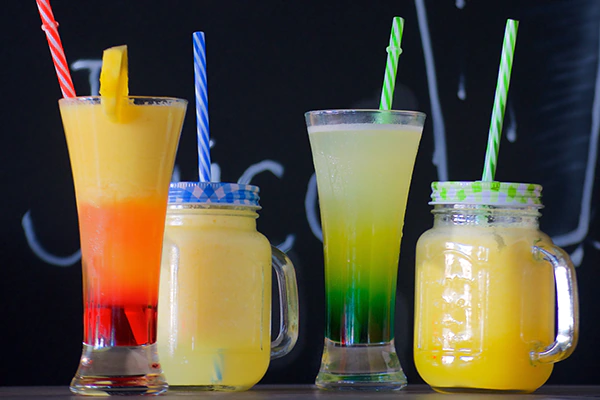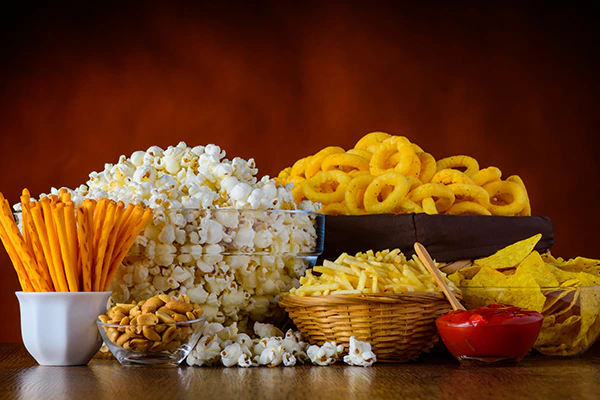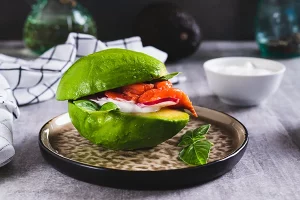Knowing what to eat can at times be quite challenging. While some foods are obviously more unhealthy than others, it’s not always easy to tell. Not everything is as simple as it may seem, and some highly-touted ‘healthy’ options might not be as good for you as you’d think.
In fact, some of the most unhealthy foods on your grocer’s shelves may look quite innocent. There’s a whole range of ingredients that make these particular foods somewhat deceptive – they don’t look or sound too bad, but they can cause plenty of damage!
To help you out with this predicament, we’ve compiled a list of some key things you should consider when deciding on whether a specific food item is healthy or not.
Appearance of food
Sometimes, the easiest way to judge if something is healthy or not is to just look at it. We’ve evolved to understand the difference between a rotten fruit and one that’s ripe and good for you.
Many unhealthy options will adopt deceptive appearances that make them hard for us to identify. For example, packaged baked goods are often marketed as ‘low-fat’ or ‘diet’, but are packed with salt, sugar, and preservatives. Packaging can also mask how much fat is in foods, making it harder to tell if something’s particularly rich in calories or saturated fats before you purchase it.
Read more: Windmill Bakery – Muskoka Cottage Country’s Go-To for Nutritious Breads and Goodies

Ingredients list
One way to make it easier for us to judge whether a food is healthy or not is to look at the ingredients list. They’re mandated to be clearly listed on food labels in most parts of the world, and can also be found online.
In most countries, the items listed as ingredients are ordered based on use, so that the ingredients that are used more in the recipe come first. However, it’s important to realize that this doesn’t apply to all countries.
Ingredient lists help a lot when determining whether a product is healthy or not because they tell you what goes into making that specific item. If you see an excessive amount of preservatives and sugars, then there’s a good chance the product isn’t healthy and it should probably be avoided.
Read more: The Benefits of Building a Prix Fixe Menu
Nutritional Information
Nutrition labels are extremely important in determining whether a food is healthy or not. These labels show all of the different nutrients, including fats, protein, and carbohydrates that are in one single serving of an item.
They also show the number of calories, how much sodium is in each serving, and what percentage of your daily intake that food will make up. Sometimes just looking at the ingredients isn’t enough, or the portions of each ingredient may not be clear. That’s when you look at the nutrition label attached to most food products.
If a product has several different types of sugars or fats then they’ll all be grouped into ‘Other Carbohydrate’ or ‘Other Fats’, which makes it very easy for you to see where most of these items come from. This is why 100g is included in most nutritional information lists because this helps you compare a lot of foods at a glance.
Read more: CFIA Guidelines for Nutrition Fact Label Sizing

A quick word on drinks
Finding the right drink can be tricky. Sometimes sugar lurks where you least expect it. For example, many sports drinks are full of added sugar but the same drinks also contain electrolytes, which we need to replace during and after exercise, so they probably aren’t as bad as other types of artificially-sweetened beverages.
Energy drinks, including those meant to be consumed before working out, often have lots of sugar and guarana (a plant extract with caffeine), but there’s little evidence that either ingredient improves athletic performance.
Whether you’re looking at juice or soda, the easiest way to tell whether it’s healthy or not is by checking out the Nutrition Facts label on the back of the package. The first thing you’ll want to look up is how much sugar is in each serving size. If one serving has more than about 15 grams of sugar, it’s probably not a healthy choice. The second thing to look up is what the drink contains besides sugar. Unhealthy drinks often have things like sodium or other additives that can contribute to weight gain or blood pressure problems.
If you’re looking at juice, check out whether the drink is 100% fruit juice. Even though fruit juice has vitamins and minerals, it usually also has lots of natural sugars, so watch how much you drink. Juice made with added ingredients should say so on the label.
Read more: Sesame Seeds and the Future of Food Allergens
Further Reading
It can be difficult to decide whether a food is healthy or unhealthy. Different people have different ideas on what’s considered healthy. Some believe that only organic produce can be classified as healthy, while others think that it’s okay to eat processed foods if they’re low in fat, sugar, and salt.
There are lots of different places to look for information about what you’re eating. You should start with the labels and ingredient lists provided, but there are also lots of online sources available. It’s important to check lots of different sources and look for consensus rather than believing the first thing you see.
You can look up the nutritional information for food on one of several websites, including supermarkets’ own, or there are some dedicated sites where you can check the ingredients in any food product. There are also apps available that will scan barcodes and provide details about what’s inside. Using your phone to take pictures of foods when you’re out shopping is an easy way to find out more about unfamiliar foods when you don’t have access to a computer or internet connection.
Read more: Avocado Nutrition Facts
Stay compliant with MenuSano
MenuSano is the easiest way to create Nutrition Fact Labels that are compliant with government standards. Keep your customers informed with properly generated nutrition fact labels and show exactly how healthy your food products are. Fill out the form below to get a free trial today!




















